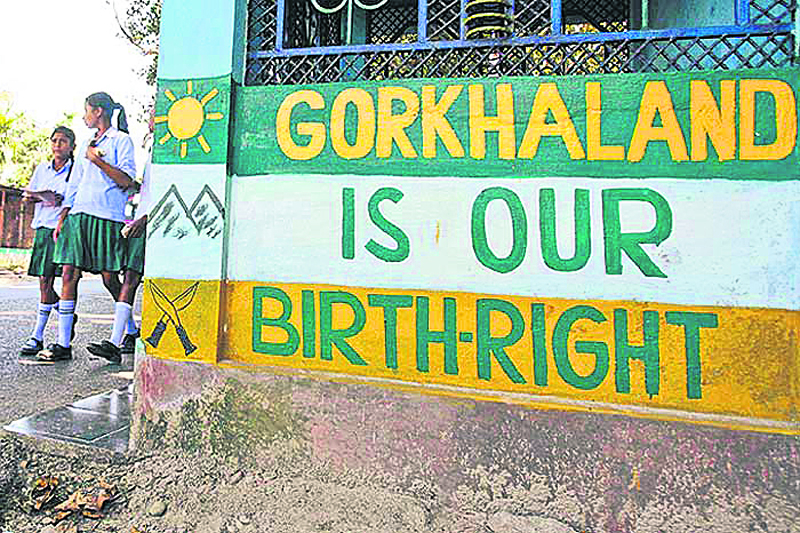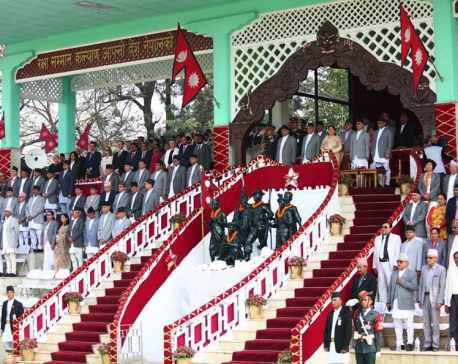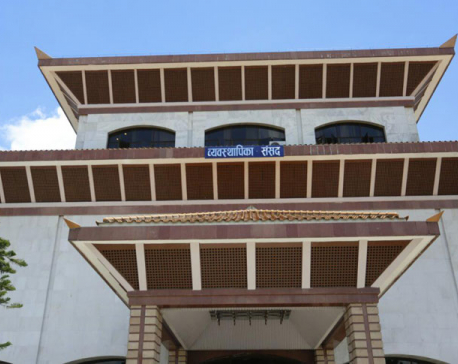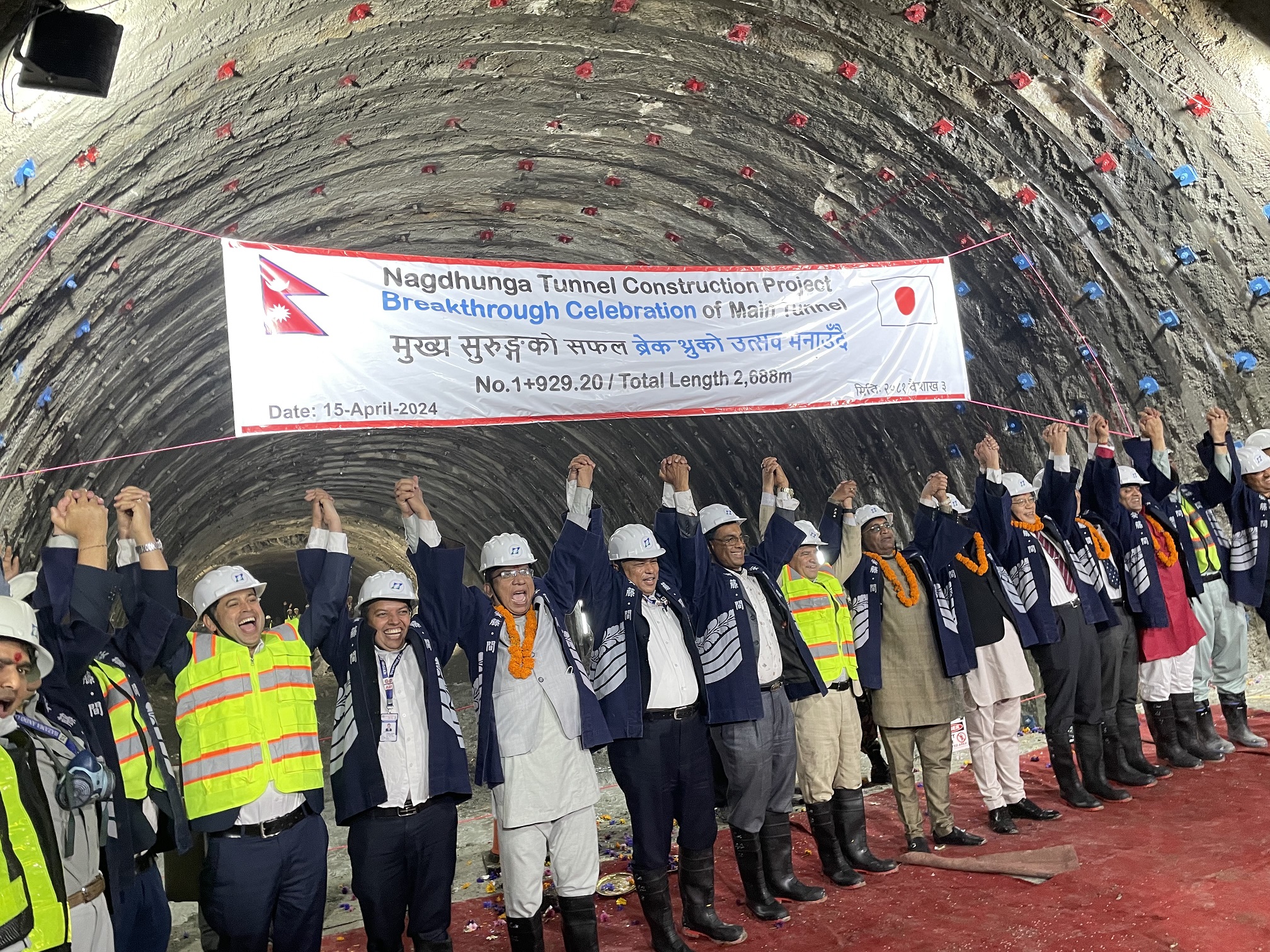
OR

Outside the gymnasium at my alma mater in Darjeeling stands an electric utility pole with a bullet hole through it – a reminder of the violent ‘Gorkhaland’ agitation that took place in the 1980’s under the leadership of Subhash Ghising. We were told of the time the CRPF (Central Reserve Police Force) had camped in our gymnasium and would often hear stories of skirmishes and bloodshed during the agitation. It’s almost three decades since the end of that campaign and now the hills are alive once again – not with the sound of music but with the echoes of protests.
Even the several concessions made by the state – Darjeeling Gorkha Hill Council (DGHC) and then the Gorkha Territorial Administration (GTA) – really only helped the agitation’s leadership save face but failed to cut the mustard with residents there. That coupled with the lack of development meant that this sentiment for self-determination never really went off the boil, just continued to simmer under the surface waiting for someone to turn up the heat for it to boil over. Enter Mamata Banerjee and her imposition of Bengali as a compulsory language in the school curriculum. She later scrambled to modify the decree making it optional for the hill areas but by then it was too late – the die had been cast.
While the first movement led by Subhas Ghising was largely political, the movement this time around is – or was until a few days ago – being spearheaded by his one-time foot soldier and enforcer Bimal Gurung. I say was because this particular initiative now looks to have evolved from being a political movement to a people’s movement. That is evident in the involvement of people from all walks of life and judging by the fervor and calls for collective action, it looks like it is unlikely to die down anytime soon. Coming from a generation brought up on stories of bloodshed and sacrifice in the 80’s, there is even talk of a ‘final push’ – no doubt driven on by the many successful statehood initiatives in India’s contemporary history.
However, the odds remain stacked against the formation of Gorkhaland not least because of its strategic location at the ‘Chicken’s Neck’ which gives rise to security concerns and its potential to act as a catalyst for other statehood demands in India. However, all of these factors remain beyond the control of the agitators but what they are really hamstrung by is the quality – or lack of it – of their leadership.
In the intervening years between these agitations, leaders accepted varying levels of autonomy and trumped these to the populace either as successes or as stepping stones to a greater goal. Meanwhile, they concentrated their efforts on shoring up their autocratic reign with myriad alliances and coalitions while the issue of ‘Gorkhaland’ remained on the back burner. Subhash Ghising had a jolly old ride as an autocrat and so does Bimal Gurung – a man who, rather incredulously, rose to prominence by mobilizing votes for a contestant on Indian Idol – who rules in a climate of fear.
The entire movement has hobbled along like the toy train until now because of the myopic vision of its leaders. There is no shortage of people willing to die for the cause of statehood but sheer Gorkhali bravado can only get you so far. There seems to be a real paucity of statesmen to simultaneously pursue their cause in Kolkata and Delhi and this coupled with the lack of unity (until recently) was a big stumbling block. Truth be told if they had leaders of any stature or vision, ‘getting Delhi to sit up and take notice and acknowledge our aspirations’ – which is where they are at – is a milestone they should have crossed a long time ago.
It is also embarrassingly ironical that a place famed for its schools and education cannot muster spokespersons capable enough to articulate their demands on national TV. Never mind articulation, because that almost always gets lost in the chaotic ‘fish market’ debates on Indian news channels, the spokesperson for GJM couldn’t even manage a decent shout. The famed Gorkhali battle cry turned into a whimper.
A certain degree of helplessness at the incompetence of this type of ‘leadership’ is part of the reason whyordinary people shout themselves hoarse on social media in an effort to clear misconceptions and put their case forward. Despite being a part of India and ‘coming with the land’, as a demographic they have to constantly affirm their ‘Indian-ness’ simply because of their racial difference and linguistic similarity with Nepal. Hence the social media posts – that some folks here have ridiculously taken umbrage to – repeatedly identifying themselves as Indian and attempting to distinguish themselves from Nepali Gorkhas.
Even now, people reading this in Nepal are wondering how this is any of our business except that we share a border. But for those of us who have spent a significant part of our lives there, love the place and its people, it’s hard not to sympathize with their aspirations (rightful or otherwise) and feel for them when their leaders let them down. We can only hope with our fingers crossed that things get resolved soon but this time, to the satisfaction of the residents, so that long term peace may prevail and Darjeeling return to being the Queen of the Hills.
The writer loves traveling, writing, and good food when he is afforded an escape from the rat race. He can be contacted at gunjan.u@gmail.com
You May Like This

Paradox of republic
Impartiality has been one of humankind’s longest and the most elusive pursuits. Despite a variety of reforms enacted throughout history,... Read More...

State Affairs Committee tops choice of NCP bigwigs
KATHMANDU, July 8: Parliament’s State Affairs Committee (SAC) has become the top choice of lawmakers, with the new regulations expanding the... Read More...

Election-related bills sent to state affairs committee
KATHMANDU, July 30: The Legislature-Parliament today sent the bills related to the election to the House of Representatives and the... Read More...





Just In
- KMC to organize a month-long skill fair from May 1
- Birgunj Metropolis collects over Rs 360 million in revenue
- NEPSE plunges below 2,000 points after one and a half months; daily turnover declines to Rs 2.10 billion
- AI Index Report-2024: AI still behind humans on complex tasks like competition-level mathematics
- Daiji-Jogbudha road construction at snail’s pace
- Govt fails to adopt podway technology despite its potential in Nepal
- Jhulaghat border crossing in Baitadi to remain closed from this evening
- Universities will be free from partisan interests: Education Minister














Leave A Comment